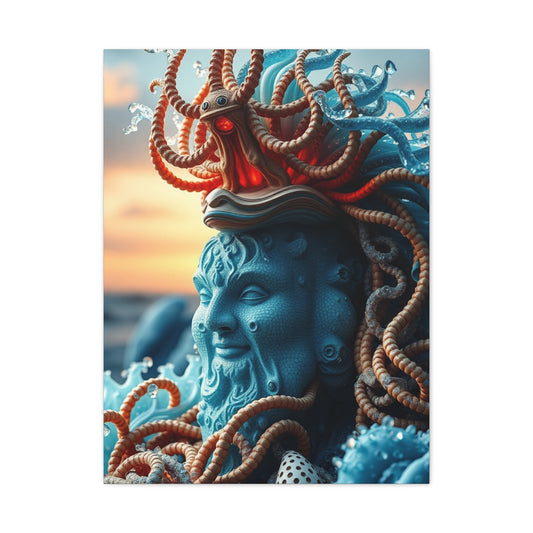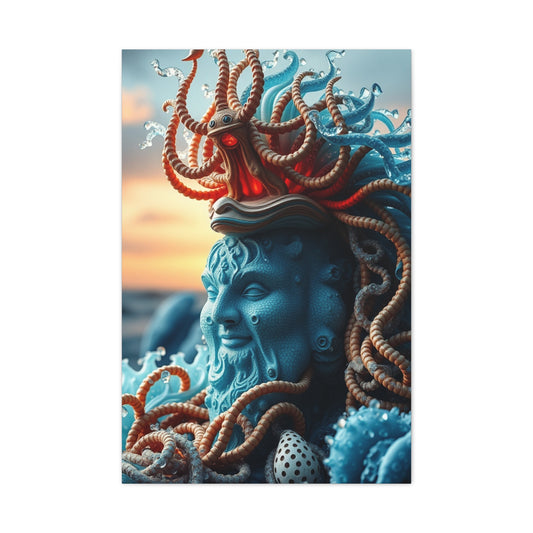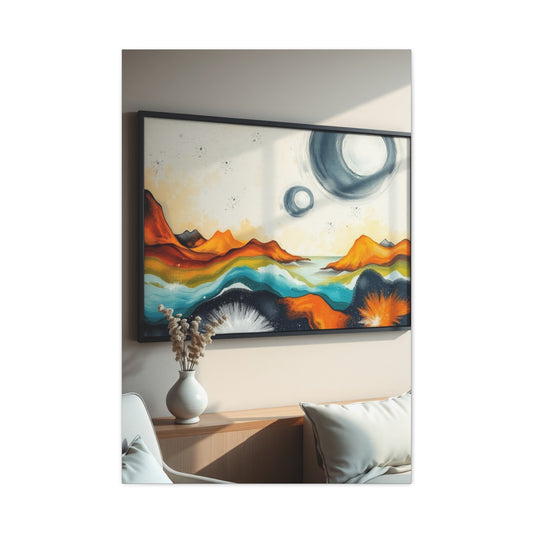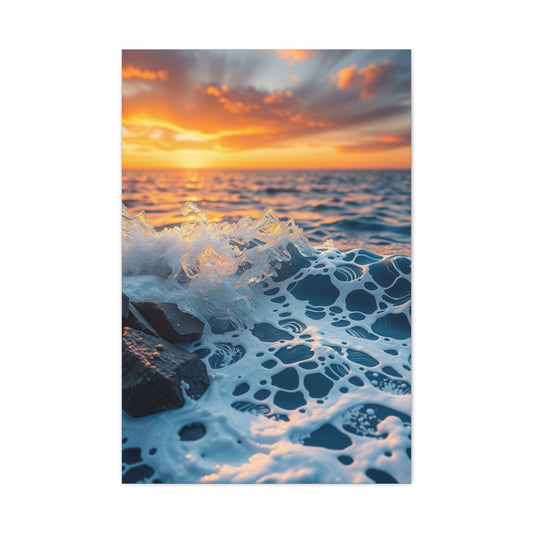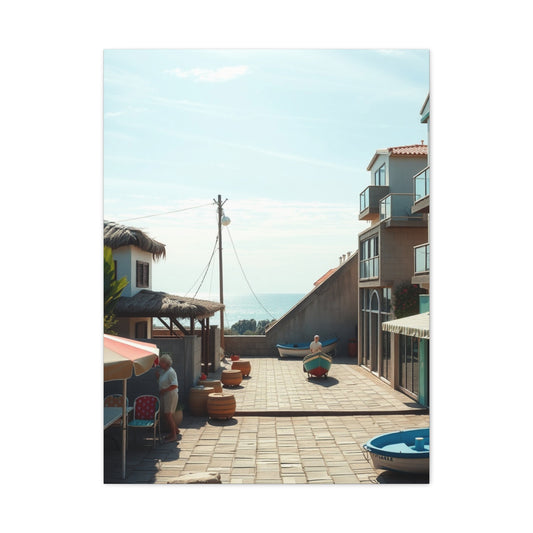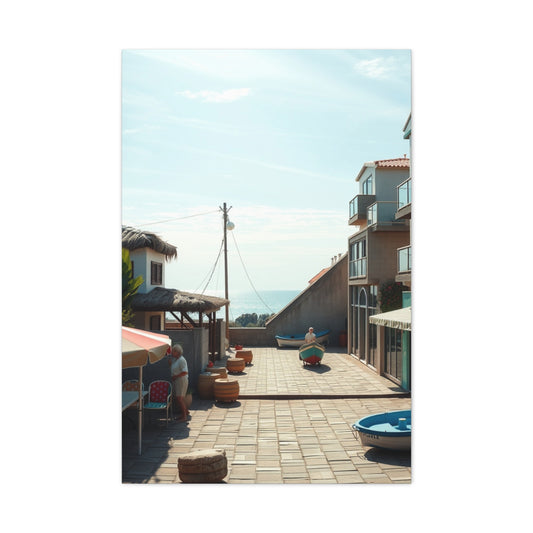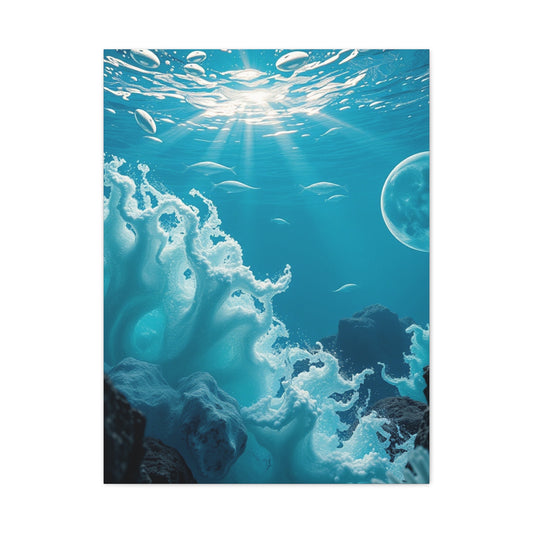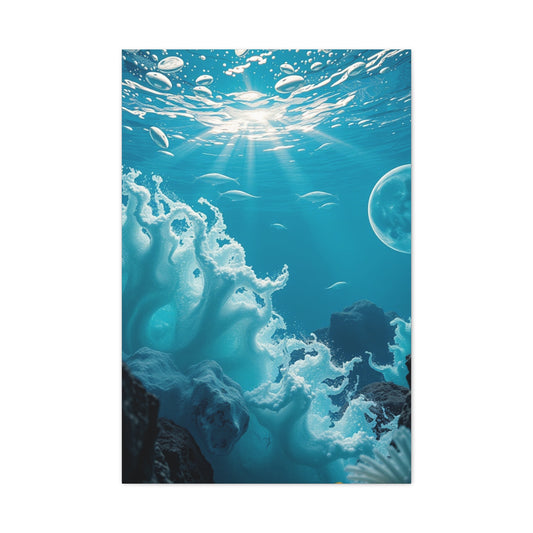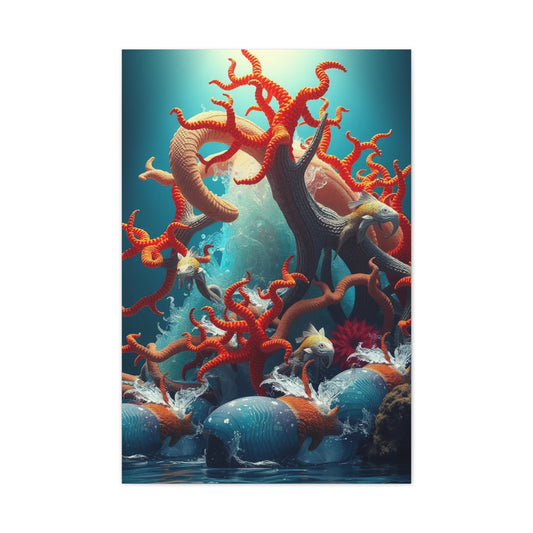The ongoing discourse between crop sensor and full frame formats for wildlife and sports photography remains one of the most contentious topics in the photographic community. Advocates of crop sensor technology frequently emphasize their enhanced reach capabilities, describing the format as incorporating an inherent 1.5x magnification factor. They also highlight the reduced weight of accompanying lenses, lower financial investment, and the elimination of peripheral lens imperfections through natural cropping. Conversely, full frame enthusiasts champion superior pixel-level image quality, enhanced viewfinder experiences, reduced diffraction complications, and improved autofocus performance under challenging lighting conditions.
Having extensively utilized both sensor formats across multiple generations of camera systems, from pioneering full frame models to every crop sensor variant manufactured to date, and through comprehensive discussions with professional photographers who depend on their equipment for their livelihood, certain misconceptions surrounding crop sensor technology require clarification. This comprehensive analysis presents detailed insights into why full frame sensors consistently deliver superior results for sports and wildlife photography applications.
Debunking the Crop Sensor Magnification Misconception
A fundamental misunderstanding persists regarding how crop sensors affect lens focal length characteristics. The assertion that crop sensors increase lens focal length or function as integrated teleconverters represents a significant technical fallacy. Focal length constitutes an intrinsic optical property of the lens itself and remains entirely independent of the camera body to which it is attached.
When mounting a 300mm lens on any camera system, it maintains its 300mm focal length regardless of sensor dimensions. The confusion surrounding equivalent focal length originated from manufacturers attempting to help photographers understand that crop sensor cameras produce a narrower field of view compared to traditional 35mm film, achieved by eliminating the image periphery. The term equivalent refers exclusively to 35mm film standards.
Rather than transforming a 300mm lens into a 450mm lens on crop sensor bodies, the system simply captures the central portion of the lens's image circle, crops the surrounding area, and magnifies this central region with increased pixel density. This fundamental distinction separates true optical magnification from digital crop magnification.
Examining Crop Sensor Pixel Density and Resolution Characteristics
The perception that crop sensors provide extended reach historically stemmed from comparable resolution between crop and full frame sensors. Earlier camera models like the D300 (crop sensor) and D700 (full frame) both featured approximately 12 megapixel resolution. Despite dramatically different sensor dimensions, both cameras produced similarly sized output files.
This resolution parity enabled crop sensor cameras to extract greater detail from the lens's central region, typically the sharpest area of any optical system, resulting in apparent subject magnification. However, this advantage came with significant compromises, particularly regarding noise performance due to reduced individual pixel size. Crop sensor images required extensive post-processing and noise reduction even at relatively conservative ISO settings.
Modern developments have substantially altered this landscape. Contemporary full frame sensors like the D800, featuring 36 megapixels, possess identical pixel dimensions to crop sensor models such as the D7000. When operating in crop mode, the D800 produces 15.4 megapixel images, closely matching the native 16.2 megapixel output of the D7000. This technological advancement essentially transforms high-resolution full frame cameras into dual-purpose systems, capable of functioning as both full frame and crop sensor platforms simultaneously.
Buffer capacity comparisons further illustrate this evolution. The D300s accommodates 18 compressed RAW files, while the D800 handles 38 files in crop mode, more than doubling the buffer capacity. Although the D300s maintains a slight frame rate advantage at 7 frames per second compared to the D800's 5 frames per second in crop mode, this difference diminishes significantly when considering the overall performance package. With appropriate battery grips, the D800 can achieve 6 frames per second in crop mode, providing adequate performance for most shooting scenarios.
Current crop sensor technology continues pushing resolution boundaries. The D7100's 24 megapixel sensor, when extrapolated to full frame dimensions, would require a 56 megapixel sensor. This raises critical questions about optical limitations. Can attached lenses resolve such extreme detail levels? What happens when teleconverters, which inherently reduce optical sharpness, are added to these high-resolution systems?
The advantage of increased detail extraction becomes questionable at pixel level examination. Crop sensors demand exceptional optical performance from attached lenses, particularly when using teleconverters. The Nikon TC-17E II and TC-20E III significantly impact resolution capabilities. At what threshold does additional resolution become meaningless when lens and teleconverter combinations cannot provide adequate detail for such demanding sensors?
Consider the Nikon 200-400mm f/4G lens as an example. While performing admirably with the TC-14E II, it experiences substantial resolution degradation when paired with the TC-17E II or TC-20E III. This degradation forces photographers to evaluate whether using the lens with the TC-14E II and cropping produces better results than employing stronger teleconverters and downsampling. Given that teleconverters affect autofocus accuracy and speed, the former approach typically proves superior, especially for moving subjects.
The same principles apply to high-resolution sensors. When does crop sensor megapixel advantage diminish compared to full frame alternatives? Comparing similar resolutions between formats (24 megapixel D600 versus D7100), the crop sensor obviously provides greater cropped area resolution assuming three critical conditions are met: proper shooting technique avoiding motion blur from high pixel density, conservative ISO usage (generally below 800-1600) where crop sensors produce comparable noise to full frame at pixel level, and sufficient lens optical quality to resolve the required detail.
Professional super telephoto lenses typically resolve beyond 24 megapixel crop sensor demands, making technique and ISO performance the primary considerations. However, wildlife photography rarely involves ISO 100 shooting. With shutter speeds typically exceeding 1/1000 second, the practical range extends from ISO 800-3200, where full frame sensors demonstrate clear advantages over crop sensors at pixel level examination. Consequently, noisy crop sensor images often require downsampling for noise reduction, potentially negating the initial resolution advantage.
Understanding Diffraction Impact on Different Sensor Formats
Smaller pixels amplify various optical phenomena, particularly diffraction effects. Crop sensors typically experience diffraction impact at f/11 and smaller apertures. While diffraction issues might remain subtle at f/11 on older models like the D300, they become readily apparent on high-resolution versions like the D7100. The theoretical maximum diffraction limit approaches 4 microns, with the D7100 already reaching 3.9µ, indicating that diffraction becomes increasingly visible on sensors with higher pixel density.
Examining diffraction limits across various camera models reveals important patterns. The D300S maintains effectiveness until f/17.6, the D7000 until f/15.3, and the D7100 until f/12.5. Full frame counterparts show the D600/D610 effective until f/19.0, the D800 until f/15.6, and the D4 until f/23.4.
The D800's f/15.6 limitation closely matches the D7000's f/15.3 threshold, indicating similar pixel-level performance. However, these diffraction limits change dramatically when images are normalized to identical resolutions. A 36.3 megapixel D800 image downsampled to match 16.2 megapixel resolution would demonstrate significantly improved diffraction performance, approaching the D4's f/23.4 capability.
Comparing sensors with similar resolutions provides clearer insights. The D600/D610 versus D7100 comparison reveals that full frame sensors maintain approximately one full stop advantage regarding diffraction limitations. This represents a consistent pattern where full frame sensors provide superior diffraction performance compared to their crop sensor counterparts.
Analyzing Depth of Field Variations Between Sensor Formats
Depth of field (DoF) is a critical concept in photography, influencing the aesthetic and technical qualities of images. Among the many factors affecting DoF, sensor size plays a significant yet often misunderstood role. This comprehensive analysis unpacks how sensor formats impact depth of field characteristics, clarifying common misconceptions and providing photographers with practical insights to master DoF control across different camera systems.
Understanding the Relationship Between Sensor Size and Depth of Field
Sensor size directly influences the field of view and, by extension, the framing of a subject. Smaller sensors, often referred to as crop sensors, have a narrower field of view than full-frame sensors when using lenses of identical focal lengths. This difference means that to achieve the same composition or subject size in the frame, photographers using crop sensors must either use shorter focal lengths or step back from their subjects.
The relationship between sensor size and depth of field becomes apparent when framing is held constant. To match the composition of a full-frame image, a crop sensor photographer needs to increase the camera-to-subject distance. Since depth of field increases with distance, the result is a deeper field on the crop sensor image, given identical aperture and focal length. This phenomenon is a critical distinction that informs practical shooting decisions across sensor formats.
Practical Implications of Sensor Size in Field of View and Framing
A fundamental consideration when comparing depth of field across sensor formats is the concept of equivalence—maintaining the same framing and aperture for both cameras. Achieving identical framing with different sensor sizes involves altering focal lengths or distances. For example, a full-frame camera using a 100mm lens at f/4 might require a crop sensor camera to use a 70mm lens or position itself farther from the subject to capture the same field of view.
This adjustment affects depth of field because increasing distance naturally extends the area of acceptable focus. Consequently, the apparent increase in DoF on crop sensors is not a sensor characteristic per se but a product of the necessary framing changes. Understanding this nuance allows photographers to predict and manipulate DoF effectively, avoiding misconceptions that crop sensors inherently produce deeper focus.
Case Study: Comparing Identical Focal Lengths Across Sensor Formats
Consider the example of two photographers capturing a bird: one using a full-frame camera with a 500mm lens at f/4, the other using a crop sensor camera with the same 500mm f/4 lens. If both photographers maintain their positions, the crop sensor image will crop in, capturing a smaller field of view. However, the depth of field will remain nearly identical because all exposure parameters and distances are constant.
To achieve identical framing between the two systems, the crop sensor user must move farther back, which results in an increase in depth of field. This change illustrates that the DoF advantage of crop sensors arises from framing adjustments, not inherent sensor properties.
Sensor Crop Modes and Their Effect on Depth of Field
Modern full-frame cameras often feature crop modes that simulate the field of view of smaller sensors by cropping the sensor area used for image capture. For instance, a full-frame camera like the Nikon D800 can be set to crop mode, effectively replicating the angle of view and depth of field characteristics of a dedicated crop sensor camera such as the Nikon D7000.
This crop mode functionality negates any supposed depth of field advantages between sensor formats since the image is derived from the same sensor area used by crop sensor cameras. Photographers must recognize that crop modes and sensor sizes are interchangeable in terms of DoF and framing when adjusted appropriately.
Aperture Considerations and Depth of Field Control Across Sensors
Aperture size, expressed in f-numbers, dictates the amount of light entering the lens and significantly influences depth of field. When comparing sensor sizes, photographers often assume identical apertures yield similar DoF effects, but this is not the case.
Because achieving equivalent framing requires different focal lengths or distances, maintaining the same aperture on different sensors does not result in equivalent depth of field. To replicate the shallow DoF effect of a full-frame sensor at f/2.8, a crop sensor user must adjust the aperture to a smaller f-number, considering the crop factor. This adjustment aligns exposure and DoF characteristics, allowing precise creative control despite sensor size differences.
Creative Strategies for Depth of Field Mastery in Multiformat Photography
Photographers working with multiple sensor formats benefit from understanding how sensor size influences depth of field to optimize creative outcomes. For instance, crop sensors' inherent increase in DoF when framing is matched makes them advantageous for scenarios requiring greater depth, such as macro or landscape photography where extensive focus is desired.
Conversely, full-frame sensors excel in producing shallow depth of field for portraiture or selective focus effects, allowing subject isolation against softly blurred backgrounds. Mastering these differences empowers photographers to select appropriate gear and settings tailored to their artistic intentions and subject matter.
Examining the Weight Reduction Claims for Crop Sensor Systems
Crop sensor advocates frequently emphasize lighter and more affordable lens options. While this statement holds validity for wide-angle and standard focal length lenses, it proves completely inaccurate for telephoto and super telephoto applications. Crop sensor users lack dedicated super telephoto lens options, as manufacturers have largely ignored this market segment.
The longest available crop sensor lenses include the 18-300mm and 55-300mm options, both inadequate for serious sports and wildlife photography applications. This limitation forces crop sensor users to employ the same heavy professional lenses used on full frame systems, eliminating any weight advantage claims.
Some argue that crop sensor cameras enable budget-conscious photographers to achieve 600mm equivalent focal length using combinations like the 300mm f/4 with 1.4x teleconverter, while full frame users must invest in expensive alternatives such as 300mm f/2.8 with TC-20E III. This argument only applies to lower resolution full frame bodies, as high-resolution models like the D800 produce similar results in crop mode as dedicated crop sensor cameras. Furthermore, this comparison becomes questionable when considering magnification versus crop differences and ISO performance variations. Additionally, comparing 300mm f/4 to 300mm f/2.8 lenses proves inappropriate, as these represent entirely different optical designs with distinct performance characteristics.
Evaluating the Crop Sensor Corner Performance Advantage
Crop sensors do eliminate the poorest performing lens areas, reducing vignetting and other optical imperfections. However, this advantage proves irrelevant for super telephoto lens applications. Examining MTF data for professional super telephoto lenses reveals excellent corner performance across the entire image circle.
Moreover, wildlife and sports photographers rarely prioritize corner performance. Most successful images position subjects centrally or slightly off-center. No professional wildlife photographer intentionally composes shots with birds positioned in extreme frame corners. Therefore, the crop sensor's corner elimination advantage provides no practical benefit for these photographic applications.
Comparing Viewfinder Experience Between Sensor Formats
Full frame cameras feature significantly larger viewfinders compared to crop sensor alternatives. This size difference dramatically improves the photographer's ability to confirm precise focus on subjects like birds. Crop sensor users must rely heavily on autofocus systems due to limited viewfinder visibility.
The magnitude of this difference becomes immediately apparent when comparing crop and full frame cameras side by side. The brightness and size differential of full frame viewfinders represents a substantial practical advantage for critical focus confirmation in wildlife and sports photography scenarios.
Autofocus System Performance Comparison
Professional experience suggests that full frame autofocus systems like MultiCAM 3500FX outperform their crop sensor counterparts (MultiCAM 3500DX) in terms of accuracy and reliability. While many photographers argue these systems remain functionally identical, extensive field experience reveals meaningful differences.
Full frame cameras incorporate larger mirrors, potentially allowing autofocus systems to receive increased light from attached lenses. Testing both systems under challenging conditions, such as bird photography in low light environments, consistently demonstrates superior performance from full frame autofocus implementations. This observation extends across multiple camera generations, from D300/D700 comparisons to modern D7100/D800 pairings.
Similar patterns emerge when comparing cameras sharing related autofocus modules. The D600 utilizes a modified version of the D7000's autofocus system, adapted for full frame operation. Field testing both cameras for bird photography consistently produced higher keeper rates with the D600 compared to the D7000, suggesting meaningful practical differences in autofocus performance between sensor formats.
Photographers who transition from crop sensors to full frame systems for wildlife photography rarely return to crop sensor formats. While some professionals maintain both systems, they invariably express preferences for full frame bodies when given the choice. This consistent pattern suggests meaningful advantages in image quality, autofocus accuracy, or other performance metrics that influence real-world photographic success.
Understanding the Historical Development of Crop Sensor Technology
Crop sensor formats were never intended as advantageous features for extended reach capabilities. If digital sensor manufacturing costs had not been prohibitively expensive during early DSLR development, manufacturers would have implemented full frame sensors from the beginning. APS-C sensors emerged purely for cost reduction purposes, making digital SLR cameras more affordable rather than lighter or better for telephoto applications.
Many perceived advantages of crop sensor cameras represent marketing adaptations of technological limitations rather than intentional design benefits. Understanding this historical context helps clarify why crop sensor formats developed certain characteristics and why full frame sensors represent the intended standard for professional digital photography.
Evaluating Current Cost-Benefit Analysis
The primary remaining advantage of crop sensor systems lies in initial purchase cost. However, aggressive pricing on entry-level full frame models like the D600 has significantly reduced this cost differential. Previous generations required 2-3x investment increases to access full frame technology, while current price differences have contracted substantially.
Manufacturers now differentiate products through feature limitations rather than pure cost factors. They intentionally restrict functionality on affordable full frame cameras to protect high-end crop sensor sales. Consider the potential market impact of a D600 featuring MultiCAM 3500FX autofocus, 1/8000 second shutter speeds, and expanded buffer capacity on D7100 or D300s sales.
Recent promotional pricing has pushed the D600 below $1800, with continued price reductions expected. This trend suggests diminishing future relevance for crop sensor formats. Nikon may introduce a D400 model, but it likely represents the final high-end crop sensor camera from the manufacturer. Once affordable full frame cameras incorporate 51-point autofocus systems and expanded buffer capacities, high-end crop sensor cameras will lose their market positioning.
Professional Equipment Selection Considerations
When comparing theoretical specifications between crop and full frame systems, certain practical realities emerge. Photographers claiming their D300s or D7100 provides superior reach compared to professional cameras like the D4 misunderstand fundamental optical principles. If both cameras carried identical price tags, universal preference would favor the professional full frame model.
Image quality improvements, autofocus reliability, low-light performance, and overall system capabilities of full frame cameras provide measurable advantages over crop sensor alternatives. While crop sensors can produce excellent results under optimal conditions, they require more careful technique and favorable shooting circumstances to achieve comparable output quality.
Environmental and Shooting Condition Factors
Wildlife and sports photography frequently involve challenging environmental conditions that favor full frame sensor advantages. Low light situations, where fast shutter speeds remain necessary for sharp subject capture, push ISO requirements into ranges where full frame sensors demonstrate clear superiority over crop sensor alternatives.
The improved noise performance of full frame sensors at elevated ISO settings provides photographers with greater flexibility in exposure selection. This flexibility translates to more consistent results across varying environmental conditions, reducing dependency on perfect lighting scenarios for successful image capture.
Weather sealing and build quality often favor full frame camera bodies, particularly in professional model categories. The robust construction necessary for professional wildlife and sports photography applications typically accompanies full frame sensor implementation, providing additional reliability benefits beyond pure image quality considerations.
Long-term Investment Perspective
Professional photographers must consider long-term equipment investment strategies when selecting between sensor formats. Full frame lenses maintain broader compatibility across camera generations and provide superior resale value retention compared to crop sensor specific optics. This compatibility extends equipment useful life and provides more flexible upgrade pathways.
The limited telephoto lens selection for crop sensor formats forces users to invest in full frame compatible optics regardless of camera body choice. This reality eliminates potential cost savings from crop sensor systems while requiring users to accept the operational compromises of using oversized lenses on smaller camera bodies.
Full frame cameras typically offer longer operational lifespans due to superior build quality and more comprehensive feature sets. Professional photographers who rely on equipment durability and consistent performance find full frame systems provide better long-term value despite higher initial investment requirements.
Technical Innovation and Future Development
Camera manufacturers consistently introduce cutting-edge technology in full frame platforms before adapting features to crop sensor formats. This development pattern ensures full frame users access the latest autofocus algorithms, image processing improvements, and sensor technologies ahead of crop sensor alternatives.
The research and development investment in full frame technology far exceeds crop sensor initiatives, reflecting manufacturer recognition of professional market priorities and consumer preferences. This investment disparity suggests continued innovation advantages for full frame systems in future product generations.
Emerging technologies such as computational photography, advanced image stabilization, and artificial intelligence integration typically debut in flagship full frame cameras before filtering down to crop sensor models. Early access to these innovations provides competitive advantages for professionals who depend on technological superiority for their work.
Lens Compatibility and System Flexibility
Full frame cameras offer complete compatibility with both full frame and crop sensor lenses, providing maximum flexibility for photographers with existing lens investments or specific optical requirements. This compatibility ensures that photographers can optimize their lens selection for each shooting scenario without sensor format restrictions.
Crop sensor systems accept full frame lenses but cannot utilize their complete optical design, effectively wasting the peripheral lens performance that contributes to the overall image quality and optical characteristics. This inefficiency represents both economic waste and performance compromise compared to properly matched full frame systems.
The ability to switch between full frame and crop sensor modes on modern high-resolution full frame cameras provides the ultimate system flexibility. Photographers can access the benefits of both sensor formats within a single camera body, eliminating the need for multiple camera systems while maintaining optimal performance for diverse shooting situations.
Professional Workflow and Post-Processing Considerations
Full frame sensors typically require less aggressive post-processing intervention compared to crop sensor alternatives. The superior noise performance, dynamic range, and overall image quality reduce the time investment necessary for professional-quality output preparation.
Color accuracy and tonal reproduction generally favor full frame sensors, particularly under challenging lighting conditions common in wildlife and sports photography. These characteristics streamline professional workflows and ensure more predictable results across diverse shooting scenarios.
The larger file sizes from high-resolution full frame cameras provide greater flexibility for cropping and post-processing manipulation without compromising final output quality. This flexibility proves particularly valuable for wildlife photographers who may need to adjust composition or extract specific portions of images for various publication requirements.
Specialized Application Performance
Bird photography, representing one of the most demanding wildlife photography disciplines, consistently demonstrates full frame sensor advantages. The combination of challenging lighting conditions, distant subjects, and precise focus requirements favors the comprehensive performance benefits of full frame systems over the theoretical reach advantages of crop sensors.
Sports photography applications benefit from full frame sensors' superior autofocus performance, particularly for tracking moving subjects under variable lighting conditions. The improved low-light autofocus capability and faster focus acquisition prove essential for consistent results in professional sports photography environments.
Action wildlife photography, involving rapidly moving subjects in unpredictable lighting conditions, showcases the comprehensive advantages of full frame systems. The combination of superior ISO performance, autofocus reliability, and overall system responsiveness provides measurable benefits over crop sensor alternatives in these demanding applications.
Economic Analysis and Total Cost of Ownership
While crop sensor cameras may offer lower initial purchase prices, the total cost of ownership often favors full frame systems when considering professional lens requirements, upgrade cycles, and resale value retention. Professional photographers require high-quality telephoto lenses regardless of sensor format, eliminating potential cost savings from crop sensor camera selection.
The limited upgrade pathways within crop sensor product lines often force earlier transitions to full frame systems, resulting in higher total equipment costs over professional career spans. Full frame systems provide more comprehensive upgrade options within the same lens mount system, extending equipment investment value.
Resale value retention strongly favors full frame equipment, both cameras and lenses, providing better long-term investment returns for professional photographers. This economic advantage becomes particularly significant for professionals who regularly update their equipment to maintain competitive technological capabilities.
Conclusion:
After comprehensive analysis of technical specifications, real-world performance characteristics, and professional application requirements, full frame sensors demonstrate clear superiority over crop sensor alternatives for sports and wildlife photography. The fundamental advantages in image quality, autofocus performance, system flexibility, and long-term value proposition outweigh any perceived benefits of crop sensor formats.
The primary remaining justification for crop sensor selection centers on initial cost considerations. However, as full frame camera prices continue declining and crop sensor prices remain relatively stable, this advantage rapidly diminishes. Professional photographers seeking optimal performance should prioritize full frame systems for their sports and wildlife photography applications.
Ultimately, while any camera system can produce excellent results under appropriate conditions, full frame sensors provide superior tools for consistent professional-quality output across the diverse challenges encountered in sports and wildlife photography. The photographer's skill and technique remain paramount, but superior equipment provides the foundation for achieving maximum creative potential in these demanding photographic disciplines.










